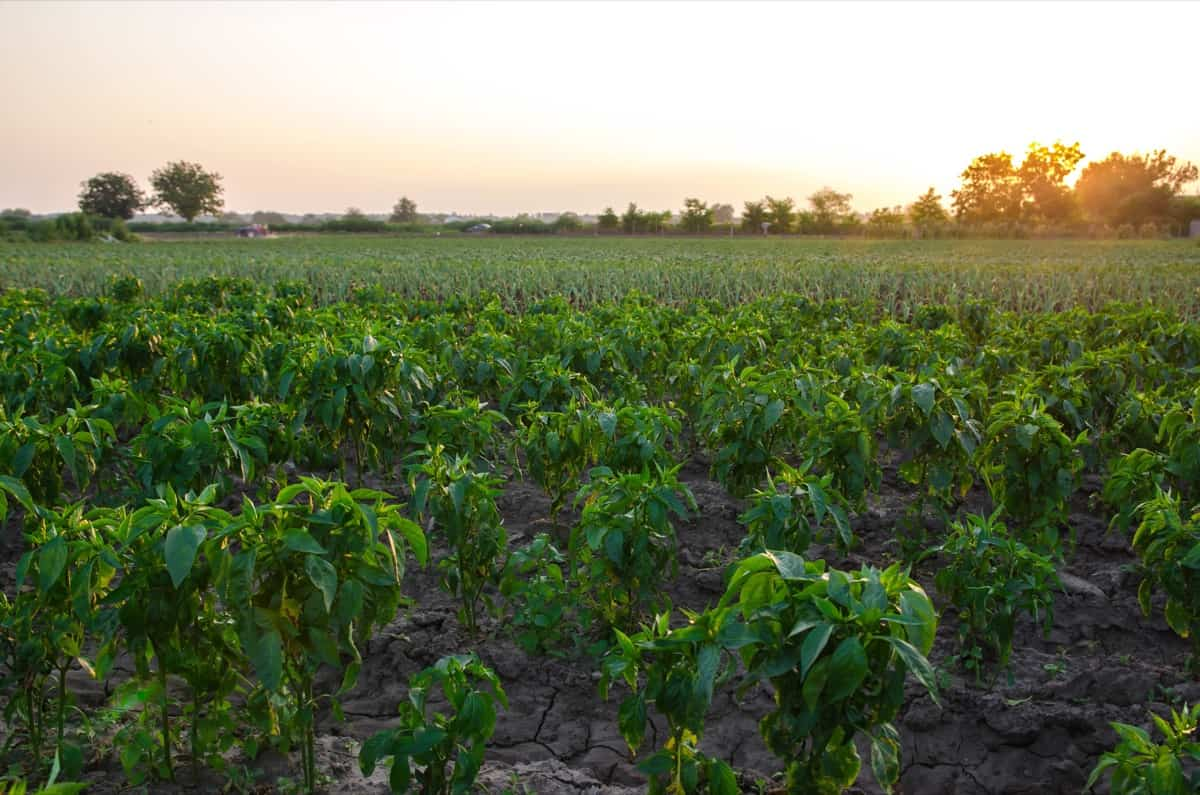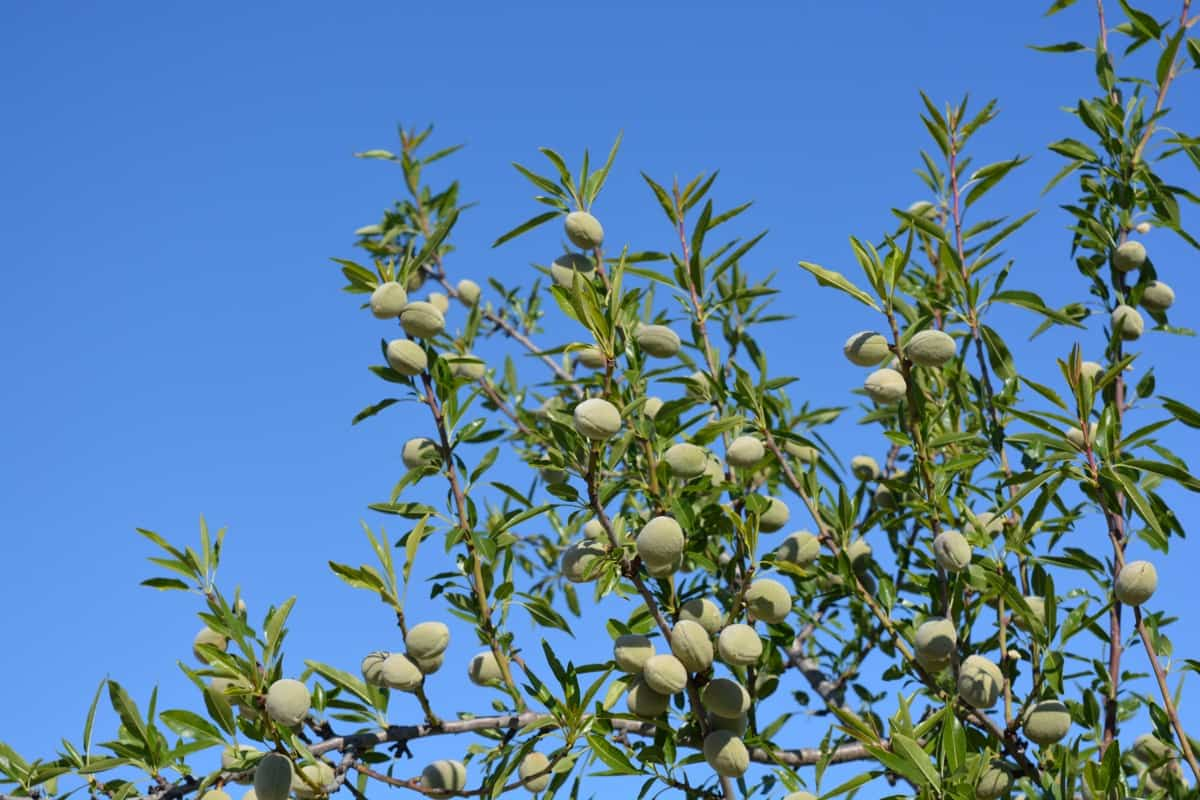The profitability of a crop depends on several factors, including the demand for the crop, the cost of production, and the yield per acre. To maximize profits, it’s important to research market trends and consumer preferences, choose crops well-suited to the local climate and soil conditions, and employ efficient growing, harvesting, and storage practices.
Factors Affecting Profitability In Crop Production
Market demand: The demand for a particular crop can significantly impact its profitability. Crops that are in high demand and have a strong market will likely be more profitable than crops that are not in demand.
Cost of production: Cost of production includes the expenses involved in growing a crop, including seeds, fertilizer, labor, equipment, and land. The lower the cost of production, the higher the profit margins are likely to be.
Yield per acre: The yield per acre measures how much of a crop can be grown in a given area. Crops with a high yield per acre are typically more profitable than crops with a low yield.
Climate and soil conditions: A specific region’s climate and soil conditions can significantly impact crop production’s profitability. Some crops may grow better in certain climates and soil types than others, so choosing crops well-suited to the local conditions is important.
Top 20 Most Profitable Crops to Grow
Peppers: Peppers come in various flavors and heat levels and can be grown in many climates. They have a relatively long growing season and are in high demand for use in both fresh and cooked dishes.
In case you missed it: Agriculture Cold Storage Construction Cost: A Complete Guide for Indian Farmers

Squash: Squash like zucchini, pumpkin, and butternut are in high demand and can be grown in many climates. They have a relatively long growing season and are versatile in various dishes.
Melons: are a highly profitable crop due to their sweet taste and popularity in fresh and processed food markets. They come in various types, including watermelons, cantaloupes, honeydews, and more. Melons are a staple in many diets as they are high in vitamins, minerals, and hydration.
Onions: are a highly profitable crop due to their versatility and widespread use in cooking. A staple ingredient in many dishes includes soups, stews, sauces, and salads. Onions can also be eaten raw as a topping or in dips and are a popular snack in many countries.
Garlic: is a highly profitable crop widely used for its strong, pungent flavor in cooking and as a health food. It is a versatile ingredient in many dishes, including soups, stews, sauces, and marinades. It is also a popular addition to fresh salads. Garlic is often used in traditional medicine for its medicinal properties. It is a popular ingredient in natural remedies and supplements.
Carrots: are a highly profitable crop due to their versatility and widespread use in cooking—a staple diet in many dishes, including soups, stews, salads, and side dishes. Carrots are also a popular snack, often raw or juiced, for their sweet, crunchy flavor and health benefits.
Potatoes are a staple and highly profitable crop widely used in many cultures and cuisines. They are versatile and can be cooked in various ways, including boiling, roasting, frying, and baking, making them a popular ingredient in many dishes.
Sweet potatoes: A type of root vegetable prized for its sweet taste and high nutritional value. A staple food in cultures and is used in various dishes, including baked goods, stews, and soups. Unlike traditional potatoes, sweet potatoes are a warm-season crop that thrives in warm and humid climates.
Corn: Corn is a staple in many diets and is in high demand. It has a relatively long growing season and is often grown in warm climates.
Soybeans: Soybeans are in high demand for their use in food and industrial products. They have a relatively long growing season and are often grown in temperate climates.
In case you missed it: Can you Grow Peppers from Store-bought Peppers: Step-by-Step Process

Leafy Greens: include crops like lettuce, spinach, and kale. They are typically easy to grow, have a relatively short growing season, and are in high demand due to their health benefits.
Herbs: Herbs like basil, cilantro, and rosemary are famous for culinary and medicinal uses. They are relatively easy to grow, have a long shelf life, and can be sold fresh or dried.
Berries: strawberries, blueberries, and raspberries are in high demand and can be grown in various climates. They have a relatively short growing season and can be sold fresh or used for products like jams and juices.
Tomatoes: A staple in many kitchens and can be grown in various climates. They have a relatively long growing season and are in high demand for their versatility and flavor.
Peanuts: are a type of legume grown for their edible seeds. A staple food in many cultures. They are used in various dishes, including snack foods, sauces, and baking ingredients. Peanuts are a warm-season crop that is well-suited to warm and humid climates.
Almonds: A type of tree nut widely grown for its edible kernels. They are a popular food ingredient in various products, including snacks, baked goods, and confectioneries. Almonds are a relatively high-value crop with solid demand, making them a profitable option for farmers and growers.
In case you missed it: How to Start Container Terrace Garden: DIY, in Simple Steps from Scratch

Walnuts: are a highly profitable crop due to their versatility and demand in both the food and cosmetic industries. They are commonly used in baking, cooking, and as a snack. Walnuts are also rich in healthy fats, protein, and antioxidants, making them a popular ingredient in health-conscious products such as plant-based milk, spreads, and energy bars.
Macadamia: A type of tree nut that is grown for its edible kernels. They are known for their rich, buttery flavor and are often used in sweet and savory dishes.
Pecans: A type of tree nut grown for its edible kernels. They are a popular ingredient in sweet and savory dishes and are often used in baking, cooking, and snacking. Pecans are a relatively high-value crop in demand, making them a potentially profitable option for farmers and growers.
Conclusion
In conclusion, the profitability of crop production depends on various factors, including market demand, cost of production, yield per acre, climate and soil conditions, government policies, competition, and market conditions. To maximize profitability, growers should carefully consider these factors, choose crops well-suited to their local conditions, and offer high market demand and favorable profit margins.
- Feed Your Flock for Less: Top 10 Tips to Save on Chicken Feed
- Ultimate Guide to Ossabaw Island Hog: Breeding, Raising, Diet, and Care
- Hatching Answers: The Top 10 Reasons Your Chickens Aren’t Laying Eggs
- Eggs and Economics: Breaking Down the Cost of Raising Backyard Chickens
- Defend Your Greens: Proven Methods to Keep Iguanas Out of Your Garden
- Ultimate Guide to Cinnamon Queen Chicken: A Comprehensive Guide for Beginners
- Ultimate Guide to California Tan Chicken: Breeding, Raising, Diet, Egg-Production and Care
- Ultimate Guide to Marsh Daisy Chicken: Breeding, Raising, Diet, and Care
- 10 Types of Chicken Farming Businesses You Can Start for Profits